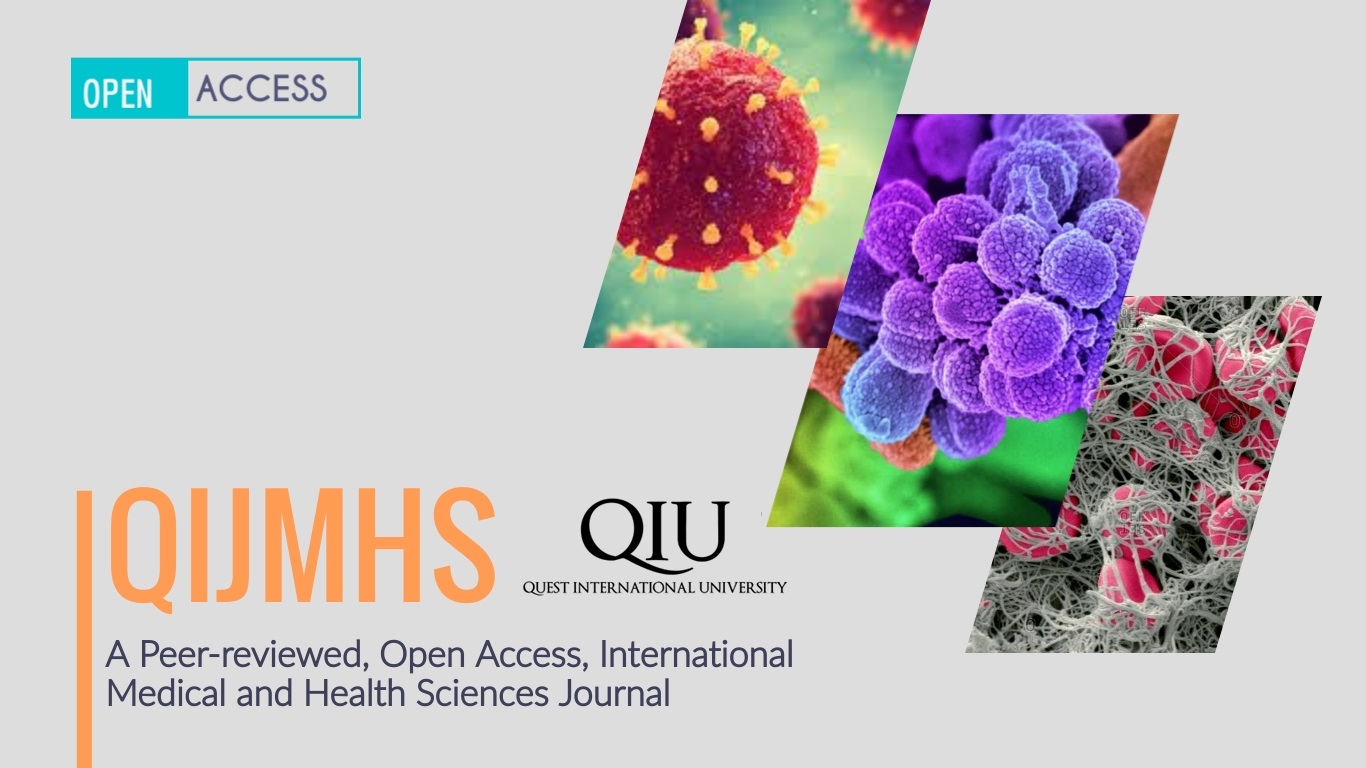A review on lab-grown meat: Advantages and disadvantages
Abstract
Meat is an important protein source for humans obtained from slaughtering a living animal. Rearing an animal requires land, water, and other resources, which is challenging to feed the growing population in the world. Therefore, lab-grown meat is one of the optional replacements for farmed animal meat production. Tissue engineering-based cellular agriculture is adopted for production, where bioreactors are used for the cellular harvest. Ample beneficial aspects bring cultured meat to the frontline in the food industry. Cell-based meats are environment friendly in the context of greenhouse gas production, less prone to contamination of infectious pathogens compared with livestock animals. The nutritional content of cultured meat can be regulated, which made it unique. There are disadvantageous aspects too. Cell-based meat is expected to consume higher energy and produce more carbon dioxide than potent methane, impacting the environment. There are ethical questions and religious issues raised by the communities to use Bovine foetal blood as a cultured ingredient. Effects of growth factors are required to observe the long-term effect on humans. Lab-grown meat may be a game-changer for the growing demand for meat. Still, several challenges such as financial, environmental, cultural, and health-related effects need to be considered before large-scale production.
Copyright (c) 2021 Authors

This work is licensed under a Creative Commons Attribution 4.0 International License.





